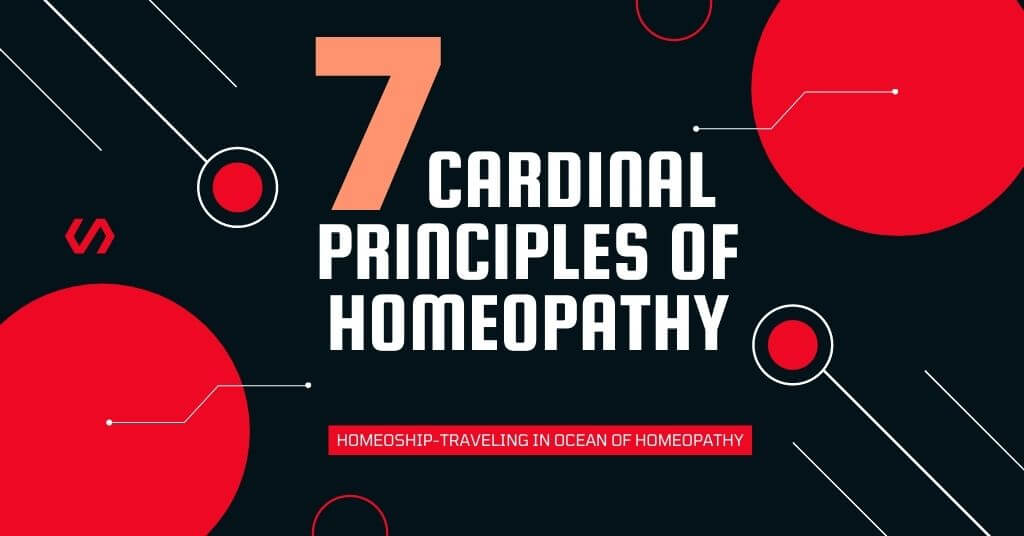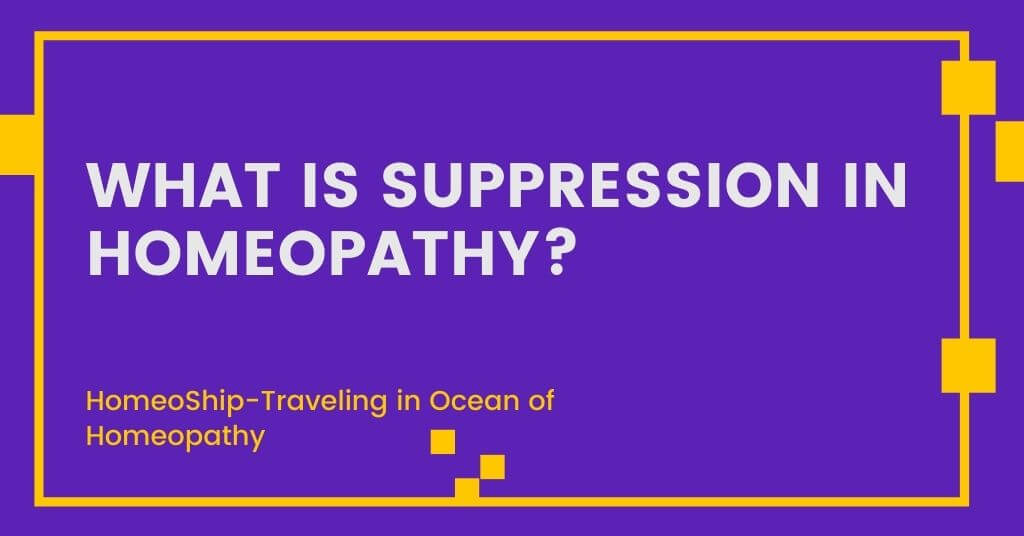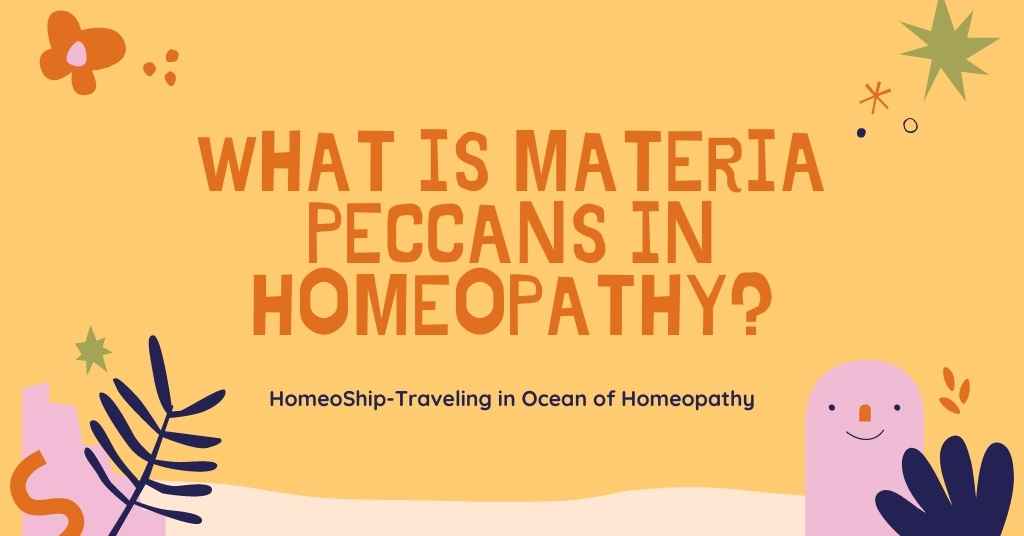Contents
Psoric miasms are the most ancient miasm that has penetrated through several constitutions and passed through several generations. This miasm infects everyone on this earth. Psora produces functional disorders. The structural, especially extensive structural changes and pathological abnormalities result when psora combines with the other two miasms leading to the formation of complex disease. Due to such combinations, the advancement of disease occurs but the manifestations in the majority of cases will be limited to one miasm only, which we in our practice, call the dominant miasm.
According to the chronic disease, after the initial anti-psoric treatment the dominant miasm has to be treated with the appropriate remedy. The most complicated pathological states are the results of the effects of mixed miasms.
Example: Cancer and psoriasis. The dominant miasm for this state has to be identified with the help of its miasmatic indications exhibited by the patient. The anti-miasmatic reaction is in order to preserve the entire organism.
In the footnote to § 74, Hahnemann points out the Brousseanic treatment (also refer to footnote to § 60), as the most irritating remedy to that dominant miasm that has to be administered. This remedy will remove the symptom pertaining to the dominant miasm. Several anti-miasmatic remedies in succession (one after the other) have to be administered according to the then existing totality of symptoms. Finally, anti-psoric treatment has to be given to complete the cure.
Treatment of mixed miasmatic states:
i. Psora-syphilis (Tubercular miasm or pseudo-psora):
a. The anti-psoric treatment has to be given based on the dominant symptoms of psora, according to symptom similarity.
b. Once the psoric symptoms have been removed or controlled, the suitable anti-syphilitic remedy has to be administered again based on symptom similarity.
c. Anti-psoric treatment has to be started again to complete the cure.
ii. Psora-sycosis:
a. The anti-psoric treatment has to be given based on the dominant symptoms of psora according to symptom similarity.
b. Once the psoric symptoms have been removed or controlled, the suitable anti-sycotic remedy has to be administered again based on the symptom similarity.
c. Anti-psoric treatment has to be prescribed again to complete the cure.
iii. Psora-syphilis-sycosis:
a. The anti-psoric treatment has to be given based on the dominant symptoms of Psora according to symptom similarity.
b. As a next step, one of the most predominant miasm out of the two remaining has to be treated first with suitable anti-miasmatic remedies.
c. The anti-psoric treatment may be administered if the symptoms of psora remain or are predominant.
d. The remaining symptoms of sycosis and syphilis can be treated with suitable anti-sycotic and anti-syphilitic remedies by administering them one after another. In the end, once again anti-psoric treatment has to be prescribed again to complete the cure.



